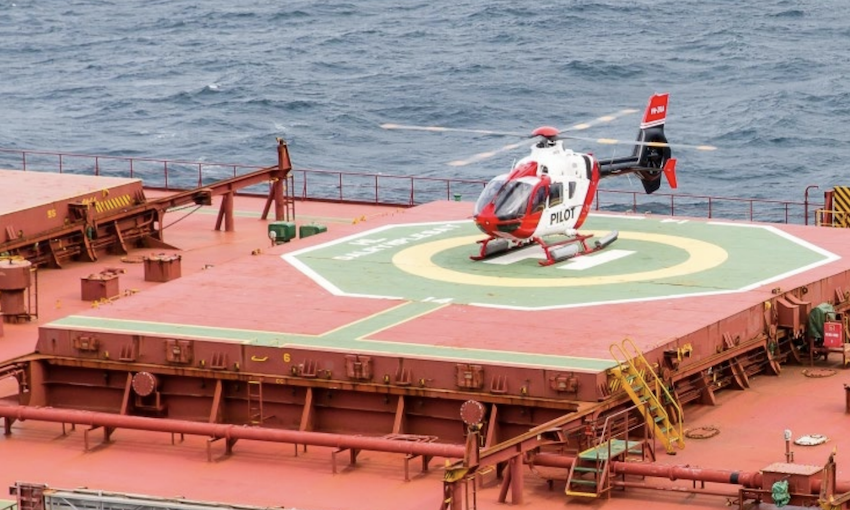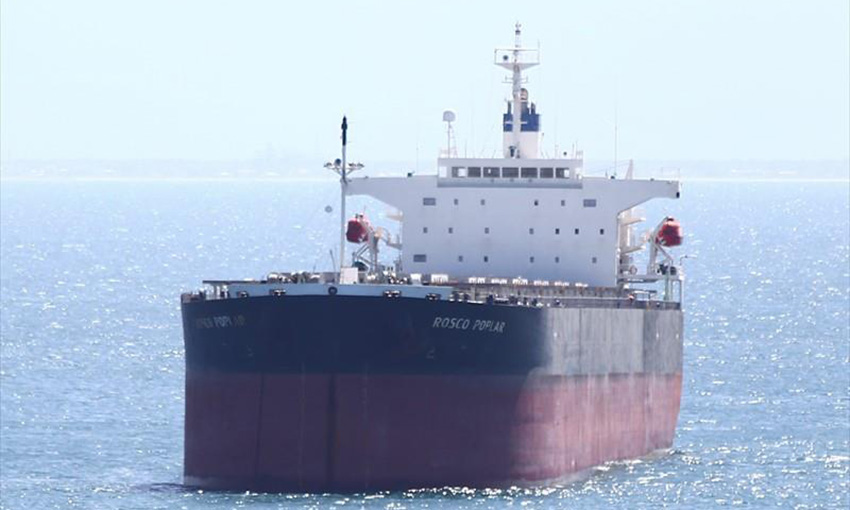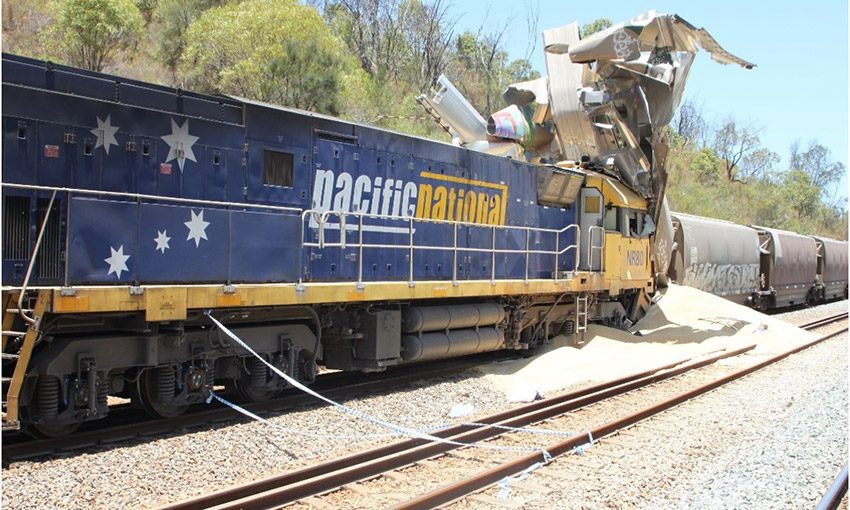THE AUSTRALIAN Transport Safety Bureau has released its final report on a fatal helicopter crash during a pilot transfer off the coast of Port Hedland.
The tragedy occurred on the night of 14 March 2018, when a helicopter was on its way to collect a marine pilot from an outbound bulk carrier descended rapidly in dark conditions and ditched into the water.
The helicopter immediately rolled over on impacting the water, and the cabin submerged then flooded.
Two pilots were in the helicopter at the time of the incident: a company instructor who was in command, and a newly recruited pilot who was flying under supervision.
The instructor escaped through a hole in the windscreen as the cabin flooded, however the pilot under supervision was unable to escape and did not survive.
The ATSB’s final investigation highlights several factors which contributed to the accident. ATSB chief commissioner Angus Mitchell encouraged all helicopter pilots and operators to review the final report and consider the findings in the context of their own operations.
Key findings
According to the ATSB, the EC135 twin-engine helicopter, operated by Heli-Aust Whitsundays, approached the ship twice.
However, on the second descent the pilots did not effectively monitor their flight instruments. They did not respond to an abnormal flight path until a radio altimeter alert at 300 feet.
The ATSB identified a combination of factors which contributed to the abnormal flight path and ineffective go-around.
Firstly, the instrumental panel was configured for single-pilot operation, which impacted the instructor pilot’s capacity to monitor the flight path and take control of the helicopter.
Additionally, the instructor had not been able to ensure previous circling approaches flown in degraded visual cueing environments were consistent with the operator’s standard operating procedures.
And, as a related risk factor, the instructor did not report the previous deviations from standard operating procedures or take preventative or corrective action.
Among several other contributing factors, the ATSB also highlighted the high cognitive workload placed on both pilots, as the pilot under supervision was transitioning to a different helicopter type and operational environment.
Operator’s actions
Following the 2018 incident, the operator carried out a safety investigation and introduced revised training and checking specifications for marine pilot transfers, transfer circuit procedures and a fatigue risk management system for pilots.
ATSB said the operator also added an emergency breathing system to pilot life jackets, introduced a requirement for helicopter underwater escape training (HUET) every two years and ensured emergency locator transmitter mounting conformance in its helicopter fleet.
The Civil Aviation Safety Authority checked marine pilot transfer operators were complying with their own requirements for HUET recency and assessed the operator’s arrangements for crew scheduling and fatigue management at Port Hedland.
As part of new regulations introduced in December 2021, CASA clarified the guidance material regarding equipment requirements for training, checking and testing in aircraft designed for single pilot operation.
Safety message
According to the ATSB, risks associated with marine pilot transfer operations in a degraded visual cueing environment are generally higher than conventional passenger-carrying activities and may require additional measures for safety assurance.
“Operators who conduct specialised flying are advised to assess the suitability of their pilot training/checking system and procedures for critical phases of flight,” ATSB said in a statement.
“These should address flight path management, including the use of automation, stabilised approach criteria, and mandatory go-around requirements.”
ATSB also highlighted the problem of flight crew fatigue, noting it is difficult to predict for each individual and can have subtle effects that undermine performance of critical tasks.
“Management of fatigue risk is a shared responsibility between operators and pilots and relies on sound principles, effective systems, and accurate recording,” ATSB said.
The bureau also pointed out helicopters have an inherent tendency to roll and invert after a ditching or collision with water, despite improvements to their overall crashworthiness.
“Helicopter underwater escape training provides familiarity with a crash environment and confidence in an emergency.
“Interviews with survivors from helicopter accidents requiring underwater escape frequently mention they considered that HUET had been very important in their survival.
“Training provided reflex conditioning, a behaviour pattern to follow, reduced confusion, and reduced panic.”
ATSB said the operator had demonstrated compliance with the standard requirements from a regulatory perspective.
“However, if regulations do not have specific applicability to specialised operations, any safety-related audit of operators should assess the management of mission-specific hazards.”





